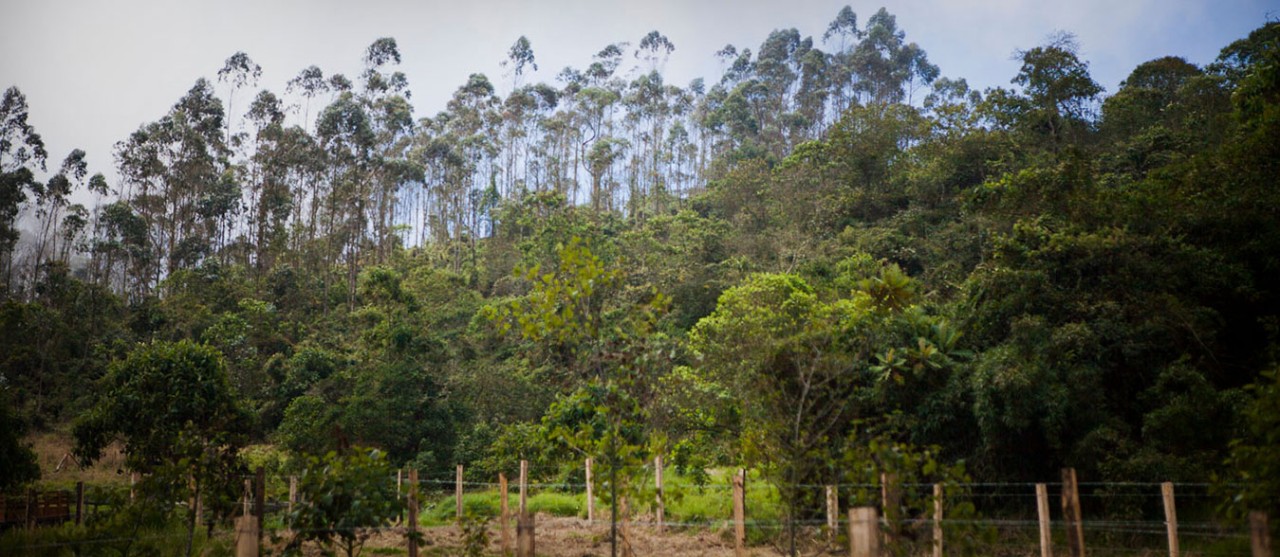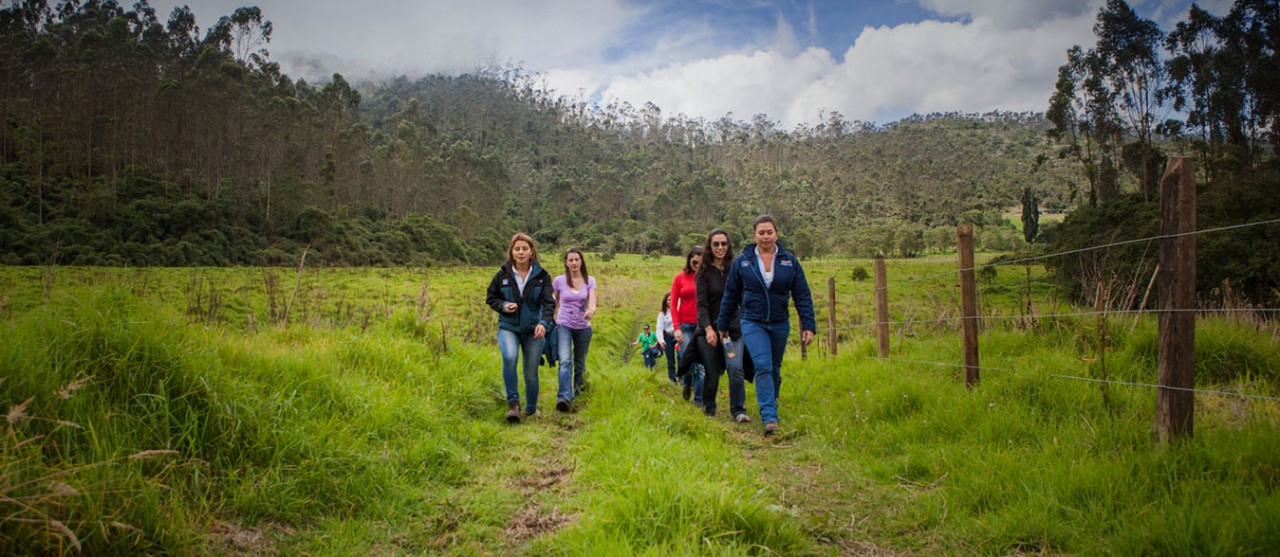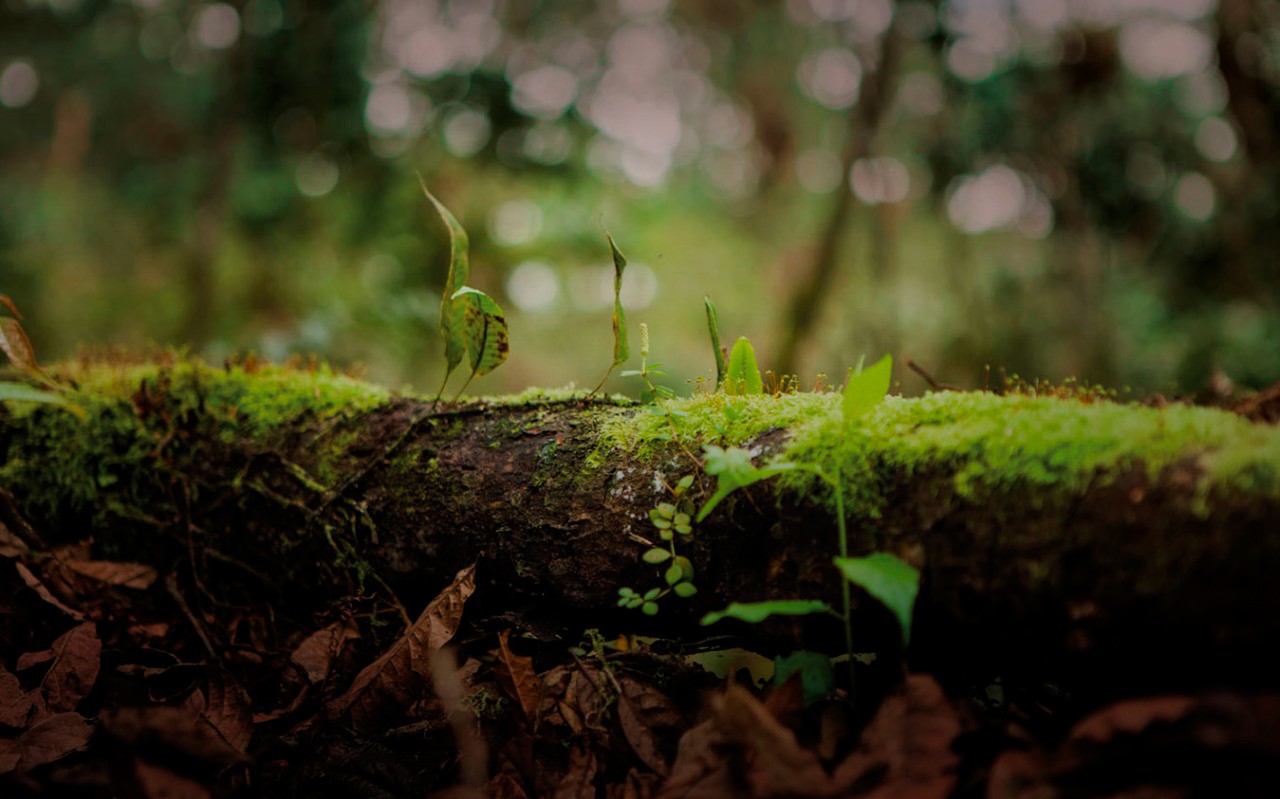
“When I come to the Renace Forest and I walk its paths, I manage to disconnect from the life that we live in the city; I feel calm and breathe a different air that gives me energy. As I walk and look at the fauna and flora that we have in the forest, I think ‘this project makes our companies different and our commitment is real’: we protect our natural resources so that future generations will live in a different world. We contribute to the sustainability of a region and, why not, of a whole country.”

We are also committed to the conservation of biodiversity, which is why in association with conservation and biodiversity organizations and professionals, including the Santa Cruz Zoo, we have managed to identify more than 250 species of fauna and flora that inhabit The Renace Forest, some of them identified and classified by the International Red List of Threatened Species as critical, vulnerable and endangered, such as the sloth, mountain coati, night mico and black Inca hummingbird, and the trumpeter and Boba palm.
We educate ourselves to conserve our natural resources
Based on research and valuable findings gleaned from the environment itself, the Enel Group in Colombia, as part of its environmental policy, has fostered the formation of a culture that respects the environment by implementing training sessions based on a solid model of conservation, which seeks to promote the protection of nature and its resources.
Over the years, more than 3,500 people, including children, have visited the Renace Forest and actively participated in our Eco Education Days and Eco Walks, aimed at promoting awareness of how to care for our ecosystem and nurturing knowledge of the region's species of fauna and flora. In total, 4 educational institutions in Sibaté, 10 in San Antonio del Tequendama and 2 in Charquito are part of our environmental training process, through which we strive to teach the community how to coexist with its surrounding resources and grasp just how to safeguard them from an early age.
“We want to create a direct relationship between people and what a forest means, because the community is in charge of protecting and preserving those spaces - it is the one that coexists with its species. The important thing is that they know what is in those territories, and understand the value of participating in the conservation process”

